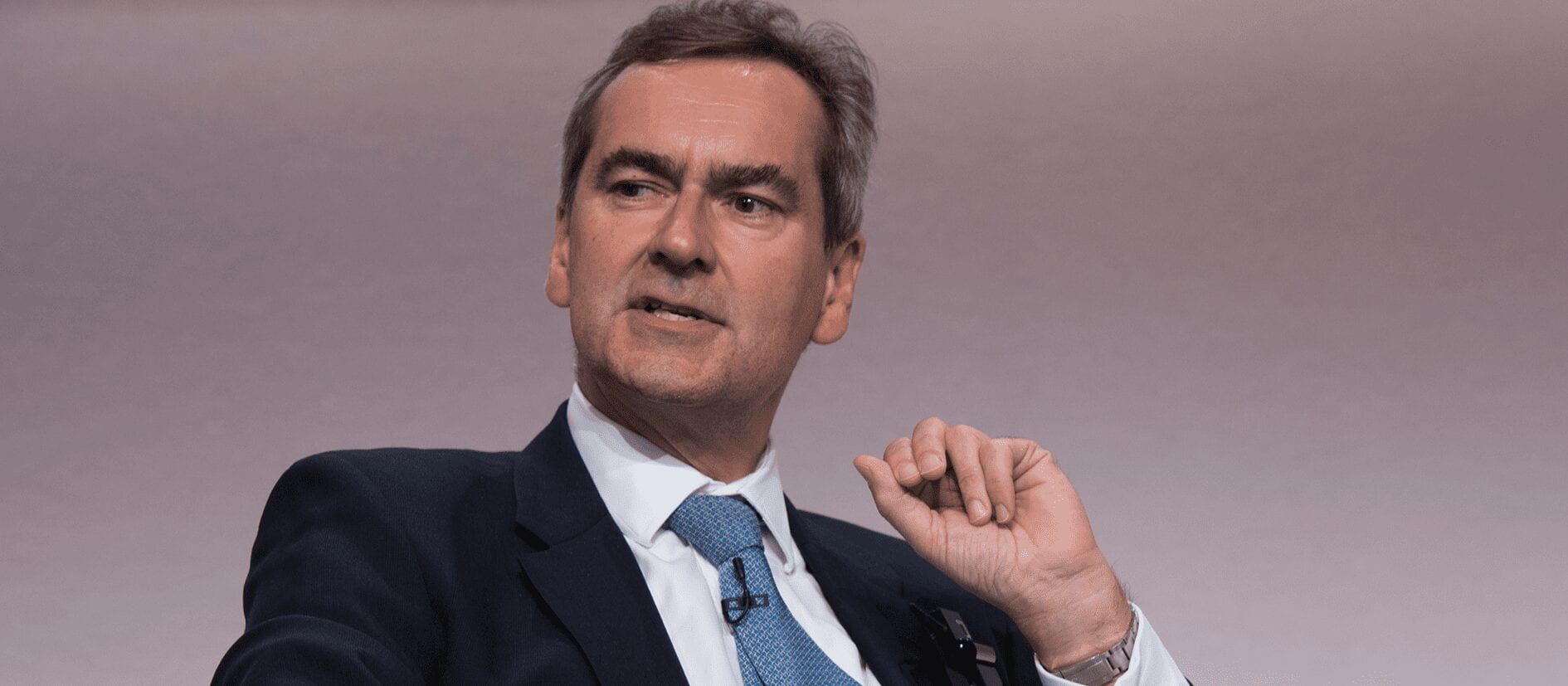Global reinsurance market outlook and impact of COVID-19
AM Best observes several factors that are having an adverse effect on the market, notably the uncertainty on potential COVID-19 related reinsurance losses, as well as ongoing low yield investment conditions and capital market volatility. Other factors include global economic recessionary pressure, uncertainty of future demand for coverage and uncertainty on government intervention.
On the positive side, initial COVID-19 losses have been manageable and there is tighter contract language going forward. Pricing momentum is accelerating at the primary insurance level across various lines of business and pricing is improving across various reinsurance products, as seen at the July renewals. There has been a flight to quality (tier one/two reinsurers) and perhaps a move back to more traditional reinsurers instead of third-party capital.
COVID-19 is still an ongoing event, with reported losses still behind initial estimates and a wide range of impact on loss ratios depending on business mix and assumptions. No–one envisaged the extent of the impact of global lockdown on the global economy, and an event that is affecting both sides of the balance sheet, with insured losses and depressed investment returns.
Health of the reinsurance market
Despite the many challenges this year, the market is still in robust health with plenty of good quality, secure capacity. There will, however, be some challenging conversations around price as the underlying returns being made by reinsurers are not sustainable in the long term.
The market is hardening, not across all lines but in certain pockets. The market cannot be described as hard yet, but for a ceding company it is becoming more difficult to get the terms, security, and price you want. Compared to a truly hard market, such as after 9/11 when markets genuinely didn’t have the capacity to place terrorism–exposed business, or in the early nineties following Typhoon Mireille in Japan, when there wasn’t market capacity available at a reasonable price to cover demand, this is definitely not the case right now. The capacity is available, it is about finding the right price to unlock it.
The market was hardening before the pandemic, but it would take significant capital depletion to really change the market. Mechanisms are in place for capital to come into the market much faster than was the case in the past, which makes it a more efficient market from a buyer’s perspective. Another difference is where the capital can be deployed, there is a lot of interest in legacy solutions and there is a great deal of flexibility to help manage past liabilities and current capital, which was not as readily available five or ten years ago.
There is a lot of focus right now on COVID-19 and the new normal, but there are issues that were impacting the market before the pandemic, such as social inflation and low investment returns, and these haven’t gone away and may be accelerated coming out of the situation.
COVID-19 claims and contract exclusions
Berkley Re had a small number of claims notifications on the property side. They had a small number of claims on the casualty side, tending to be from expected places such as event cancellation and travel. There is concern about the potential for indirect COVID-19 claims that may arise from recession following the pandemic and will take longer to manifest. AmericanAg also had some claims submitted for expected losses. They were concerned about what would happen if a court dictates that an insurer must pay claims that were never intended under business interruption.
In late March into early April there was a stampede to use exclusionary language, with a very wide range of clauses used. These have narrowed down more recently but are not in the final stages of reaching a consensus yet. Most of early clauses were quite blunt in nature seeking to exclude all contagious disease, but now that there is better data available there is room for discussion between now and January renewals on how that language is constructed going forward. There is a lot of work still to be done, with some reinsurers still taking a knee-jerk reaction. As a broker, Willis Re is encouraging clients to engage with their reinsurers, and for reinsurers to listen and to see if they can come up with contract language that will put the minds of reinsurers to rest regarding the truly pandemic risk, but also allow clients to continue to offer the kind of products that they have offered for many years.
At AmericanAg they made the decision early on (from May renewals onwards) that a mutually agreed exclusion was needed in order to close the loop on claims that never intended to be covered, such as business interruption without physical damage. They treated all clients fairly and were open to negotiation but did lose a couple of accounts. However, this is now becoming the norm and such exclusions are starting to become more accepted by ceding companies.
On the casualty side, it was remarked that there is very little consensus about which classes need exclusionary language, and whether these should be on the insurance or reinsurance level, and how it should be applied. This is an evolving situation, with a preference to exclude where appropriate. It was doubtful that market consensus would be reached before the January renewal.
Pandemic coverage in the future
It was mentioned that there was an opportunity for the whole industry, and perhaps even more so for mutual insurers, to work with governments to provide pandemic coverage. There is widespread concern that pandemic is a systemic risk so not appropriate for the traditional reinsurance market. A public/private solution is needed, and the reinsurance market may have a part to play in developing a solution even if it is not necessarily the ultimate risk carrier. It was felt that pandemic would not be covered in the future in existing products, but there could be cover available that is specifically designed, ring-fenced, and priced for.
It was also mentioned that the reputational impact for the insurance industry was not great, and that attempts to start to create pandemic coverage going forward may be seen to be too late or a public relations exercise.
Future of reinsurance meetings
At American Ag they had experienced pros and cons regarding virtual client meetings. It was felt that nothing truly replaces sitting down face to face with someone, also the opportunity for impromptu meetings during Monte Carlo or Baden Baden that can really mean a lot to the relationship. On the positive side, instead of concentrating lots of meetings into two or three days and running between hotels, as they would have done at Monte Carlo, the brokers and ceding companies took the opportunity to spread the virtual meetings out over several weeks. This enabled staff members that did not normally attend the face to face conferences to sit in on some of the meetings.
It was felt that people may want to go back to places like Monte Carlo and Baden Baden once there is a COVID-19 vaccine, and in the medium term there may be a hybrid version across those two events. Holding meetings in places like Monte Carlo does not look good for reputation, but it is a great place for networking.
At AM Best, physical interaction is important to the rating process, which is why they have annual management meetings with every rated company. Currently these meetings are taking place on a remote basis and have generally been successful. It could be more of a hybrid model going forward, with some physical and some virtual meetings, but that is still to be determined.
Closing comment
Reinsurance remains a very resilient industry, having survived 9/11, Hurricane Katrina, the “HIM” storms, GDPR requirements and many other challenges. There is always something going on in reinsurance that is either loss related or regulatory related, but as an industry it continues to move forward. Whatever the new normal will be then the reinsurance industry is resilient and will find a solution to whatever arises before moving on to the next challenge.
Session panellists:
- Nick Charteris-Black, Managing Director, Market Developmemt – EMEA, AM Best
- Robin Swindell, Regional Director, Head of APAC UK, Willis Re
- M.C. Porter, Vice President, Underwriting/Marketing, AmericanAg (USA)
- Michael Wrightman, Head of Casualty Treaty, Berkley Re UK
- Mike Ashurst, Vice-President, Reinsurance & Professional Development, ICMIF, moderator






